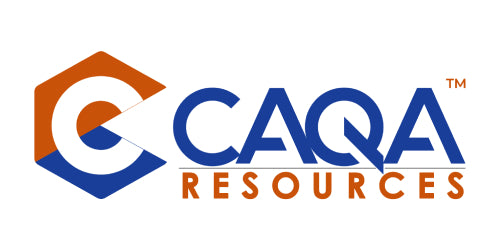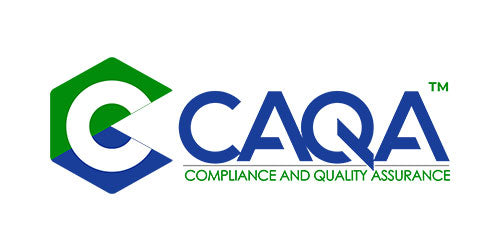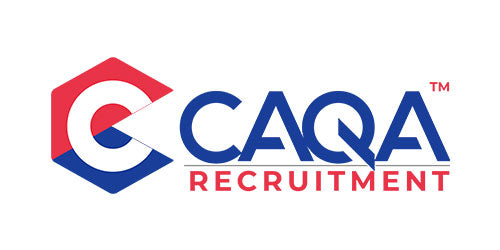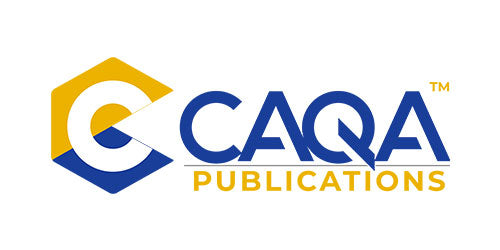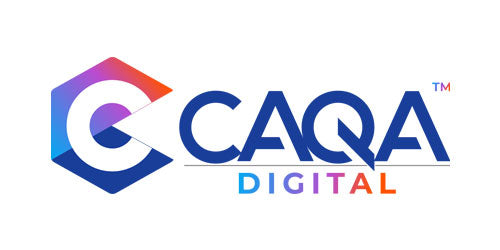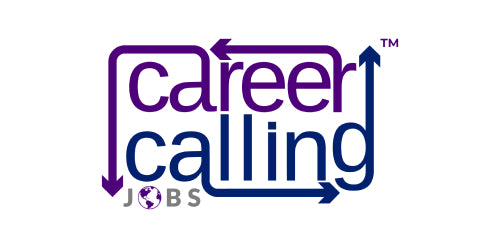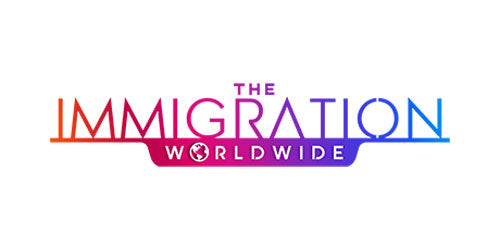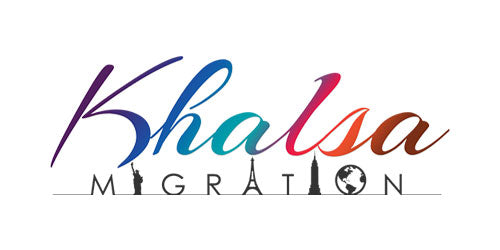The federal government has released its budget for the forthcoming year, presenting a mixed bag of measures intended to address various segments of society. While some groups will see significant benefits, others are less fortunate. Here’s a detailed analysis of the winners and losers from the 2024 federal budget.
Winners
Taxpayers
Taxpayers stand out as one of the biggest beneficiaries of the 2024 budget. The previously announced changes to the stage three tax cuts mean that approximately 13.6 million taxpayers will take more of their pay home. These cuts will provide an average benefit of $38 a week, intended to offer cost-of-living relief, support women, and boost labour supply. The changes will remove a tax bracket and tax income between $45,000 and $200,000 at a rate of 30 per cent. By spreading the cuts across existing tax brackets, reducing the 32.5 per cent bracket to 30 per cent, and increasing the thresholds for tax brackets, more people will benefit from the tax relief.
Households
From 1 July, every Australian household will receive an energy bill rebate of $300, costing the government $3.5 billion. This initiative is aimed at easing the financial burden on families and businesses struggling with high energy costs. Treasurer Jim Chalmers emphasised the importance of this measure, acknowledging the pain felt by Australian families and businesses due to rising energy prices.
Renters
Renters will also see some relief, with nearly $2 billion allocated over the next five years to raise the maximum rates of Rent Assistance by an additional 10 per cent. This is on top of the 15 per cent increase announced last September. This marks the first time in over three decades that the maximum rates of Rent Assistance have been increased in consecutive budgets. For single parents or couples with one or two children, this change translates to an increase of more than $70 a fortnight in their Rent Assistance payment.
Patients
Healthcare recipients are set to benefit from several measures in the budget. The government has pledged to freeze the maximum Pharmaceutical Benefits Scheme (PBS) co-payment for one year, preventing costs from rising with inflation. For pensioners and other concession cardholders, this freeze will last five years. Additionally, the maximum cost of prescriptions under PBS will be capped at $31.60. Mental health funding will see an infusion of $361 million, including a new free national digital mental health service to support 150,000 people. Furthermore, $3.4 billion will be allocated over five years for new and amended listings on the PBS and the Repatriation Pharmaceutical Benefits Scheme, covering treatments for certain types of heart disease and breast cancer.
Women's Health
The budget has allocated more than $160 million to women's health, including over $50 million for maternity care and $49 million for complex conditions such as endometriosis. Funding will also support women and their families who suffer miscarriages, and $1 million over two years will be dedicated to health workers enrolling in a Professional Development course called Managing Menopause.
Job Seekers
Some job seekers will benefit from an increase in JobSeeker payments. Those who can work up to 14 hours a week will see a $55 increase in their fortnightly payments when combined with a higher rate of the energy supplement. This change will affect around 5,000 people who will move onto the higher rate of JobSeeker payment.
Housing
The government is committing $423 million over five years to help states and territories build more social housing and homelessness services. Additionally, a further $1 billion will be made available to states and territories to boost housing supply in well-located areas. There will also be $1.9 billion in loans to help build 40,000 social and affordable homes.
Small Businesses
Small businesses will receive a $325 energy rebate, slightly more than the rebate for households. Around four million small businesses will also benefit from a one-year extension of the $20,000 instant asset write-off until 30 June 2025.
Seniors
Age pensioners and concession cardholders will benefit from the freezing of their medicine costs for five years under the PBS measures. The budget includes $2.2 billion in new aged care funding, which encompasses 24,000 new home care packages and measures to improve systems that allow people to stay in their own homes.
Sweet Potato Lovers
Sweet potato lovers might see lower grocery store prices as the government changes the agricultural levy and charge on sweet potatoes, reducing the overall levy rate from 1.5 per cent to 0.5 per cent.
Indian Nationals
The Mobility Arrangement for Talented Early-professionals Scheme (MATES) program will provide a pathway for 3,000 Indian graduates and early career professionals aged up to 30 to live and work in Australia for two years. Starting from 1 November 2024, this program will have a pre-application charge of $25 and an application charge of $365.
Students
Students will benefit from measures to cap the indexation for student loans at the Consumer Price Index (CPI) or Wage Price Index, whichever is lower. The budget also allocates $89 million for 20,000 additional fee-free TAFE and VET places to train more construction workers and $350 million for fee-free university courses starting from 1 January 2025.
Commuters
The budget includes significant funding for various infrastructure projects across the country, such as a rail link between the Sunshine Coast and Brisbane, $1.9 billion for projects in western Sydney, light rail expansion in Canberra, road projects in Victoria, and the Metronet rail signalling program in Western Australia.
Losers
Working Holiday Makers
Starting this year, people from China, Vietnam, and India who want to come to Australia on working holiday visas will face a new visa pre-application ballot process. The ballot process will charge applicants $25, and it is aimed at managing demand and application processing times for these countries.
Most Job Seekers
Despite calls from welfare groups and Australians struggling with the cost-of-living crisis, there is no increase in the general JobSeeker payment, leaving many job seekers without additional financial support.
Universities
Universities will be limited in the number of international students they can enroll in based on a formula that includes how much housing they build to support these students. Additionally, a new National Student Ombudsman will begin on 1 February 2025 to handle higher education student complaints, with cost recovery arrangements to be explored from 2026–27.
Public Service Contractors
The government plans to save $1 billion over four years by cutting spending on consultants, contractors, and labour hire. A second Audit of Employment will be commissioned to measure how the public service delivers on the government's commitment to reducing spending on external labour.
Bulk Billed Patients
Patients will now have only one year to lodge a Medicare bulk bill claim, down from two years. This reduction aims to enable quicker responses to fraud and non-compliance in Medicare, expected to bring in $33.6 million over three years from 2025-26.
Economic Implications
The 2024 budget has been crafted amidst fraught and fragile global conditions, with lingering inflation and higher interest rates posing significant challenges. Treasurer Jim Chalmers emphasised that the government’s relief measures would not increase inflation and claimed that Australia was among the best-placed economies to manage these uncertainties. However, there are concerns about the potential inflationary impact of the budget, with some experts warning that adding significant stimulus to the economy could drive up interest rates.
Conclusion
The 2024 federal budget attempts to strike a balance between providing immediate cost-of-living relief and investing in long-term economic stability. While many segments of society will benefit from various measures, others will feel the pinch of budgetary constraints and policy changes. As the government navigates the complexities of economic management, the mixed reactions to the budget reflect the diverse and often conflicting needs of Australians across the nation.

























